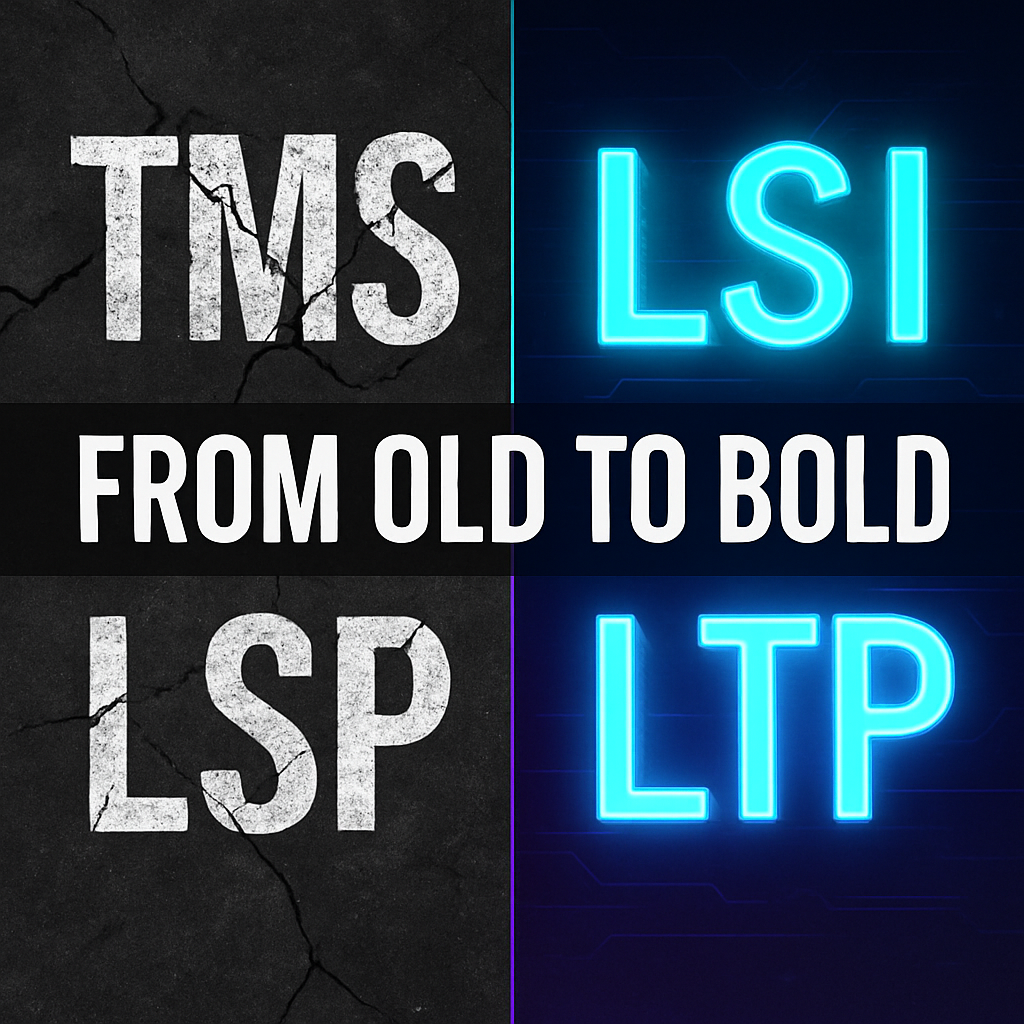Edit distance is often presented as a method for measuring translation effort—tracking the difference between machine-translated content and the translator’s final version. But does it really work as a reliable metric?
At the Heart of Edit Distance
In essence, edit distance measures the difference between two versions of the same text: the original machine-generated version and the human-edited final version.
In our CEO, Gabriel Fairman’s words:
"That delta between what I got and what I put out, that's the edit distance."
The more a translator changes, the greater the edit distance—and vice versa. But beyond this straightforward calculation lies a maze of incentives, payment structures, and behavior patterns.
The Problem with Incentives
How translators interact with machine-generated content varies significantly, leading to two distinct patterns:
- Heavy rewriters: Some translators discard the initial machine translation entirely and rewrite from scratch. Depending on the financial framework, this effort may either be highly rewarded or penalized.
- Minimal editors: Others choose to confirm most of the machine-generated segments, making only minor adjustments. In some cases, this limited intervention aligns with payment incentives, while in others, it can reduce their income.
In both cases, the same level of edit distance can yield vastly different financial outcomes, highlighting how critical the underlying payment models are to translators' earnings.

Payment Models: The Framework Behind the Metric
The effectiveness of edit distance as a measure of work hinges on how payment frameworks interpret and reward it. For instance:
- High payout for extensive edits: Some models incentivize translators to make many changes, rewarding effort even when it may not be strictly necessary.
- Penalties for minimal changes: Others push translators to leverage machine-generated content to the fullest, penalizing them for rewriting excessively.
This tension reflects a broader market trend: doing more with less. As companies strive to reduce translation costs, the focus shifts toward efficiency—often at the expense of nuanced linguistic craftsmanship.
The Evolution of Translation Practices
The translation industry spans generations, from professionals who started on typewriters to those working with computer-assisted translation tools from day one. This diversity creates challenges as new technologies disrupt traditional ways of working. Translators accustomed to long-standing methods may find it hard to adapt to automated workflows that reward speed over precision.
- Older methods: Payment by blocks of text, such as pages or paragraphs, was common before digital tools allowed precise word counts.
- Current shift: Modern frameworks demand faster turnaround and “good enough” translations, as companies aim to expand into global markets while controlling costs.

Measuring Efficiency: A Misleading Metric?
Efficiency and income do not always align. For example, a translator may improve their productivity using machine translation tools, processing more segments per hour, only to discover that their income decreases under the new framework. On the other hand, some translators may benefit financially by strategically balancing machine-generated content with minimal adjustments.
Example: If a translator who previously earned $100 per hour processes 200 segments in an hour but confirms 50% without changes, their hourly income could increase slightly to $105. Conversely, under a different model, that same efficiency might reduce their earnings to $50 per hour—illustrating how payment systems can either reward or exploit technological efficiency.
Navigating the Financial Pressure
At the heart of this debate lies a constant market pressure to reduce translation costs. Companies aim to make more products available in more markets while keeping expenses low. This demand trickles down to translators, who must adapt their workflows and expectations to meet changing economic realities.
With content growing at an unprecedented rate, the mainstream trend is to accept “good enough” translations—favoring quantity over quality. As a result, translators who are used to perfecting every sentence may struggle to align with current expectations.
The Human Challenge of Adapting to Change
One of the most significant challenges in today’s translation industry is the generational gap. Translators who have spent decades perfecting their craft must now confront workflows that prioritize speed over artistry. Adapting to these changes is not just a technical challenge but an emotional one—especially for those with deeply ingrained habits and methods.

Finding a Path Forward
Edit distance is merely one way to measure translation work, much like tracking hours or word counts. It offers both benefits and downsides, but its ultimate value depends on how well it aligns with translators’ behavior and payment structures. As the industry continues to change rapidly, translators must rethink their roles, adapt their offerings, and find new ways to position themselves in an evolving market.
The challenge lies not only in embracing new technologies but in ensuring that financial frameworks reflect the true value of translation efforts. The key to success will be striking a balance between efficiency and craftsmanship, creating space for diverse approaches while fostering fair compensation.
As Gabriel Fairman, our CEO, mentions in his Edit Distance video series:
"Far from edit distance being a cure for all, a panacea, nothing like that. It’s just a way to measure work, just like hours are another way of measuring labor."
Key Takeaways:
- Edit distance measures the difference between machine-generated content and the final translation.
- Payment models tied to edit distance can incentivize or penalize translators based on behavior.
Ultimately, adaptation is essential, but so is ensuring that technological efficiency does not diminish the value of translation work. As the industry evolves, translators, companies, and clients must work together to create sustainable frameworks that reward both efficiency and quality.
Unlock the power of glocalization with our Translation Management System.
Unlock the power of
with our Translation Management System.
















.avif)









.png)